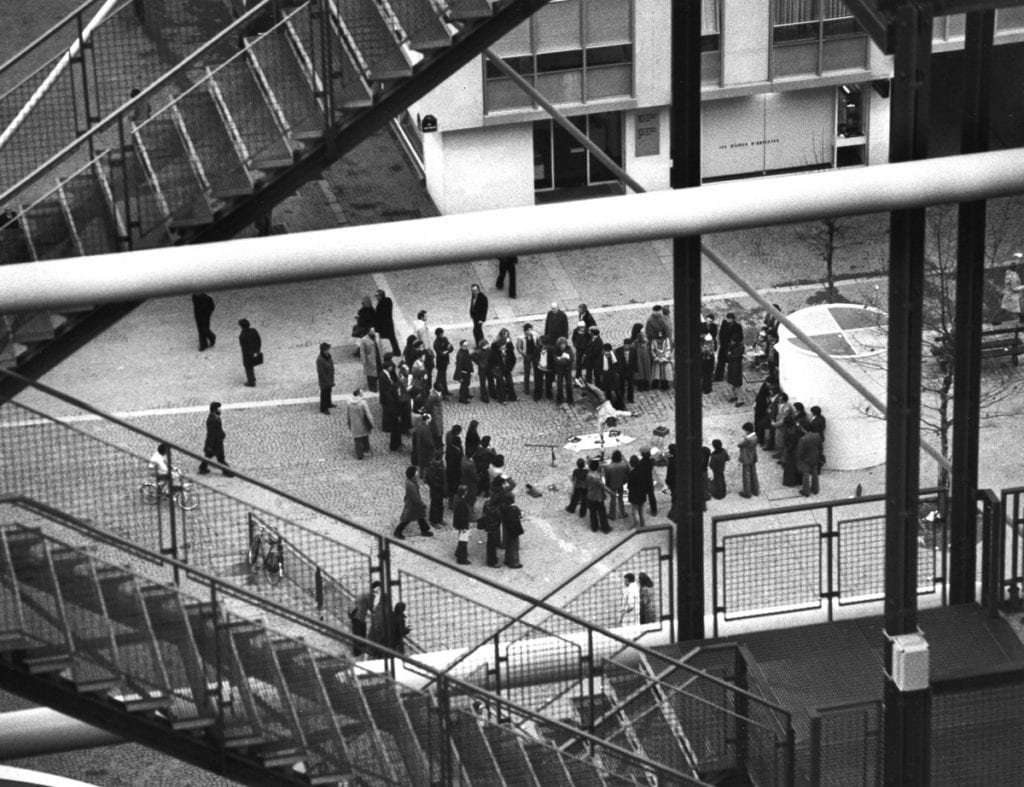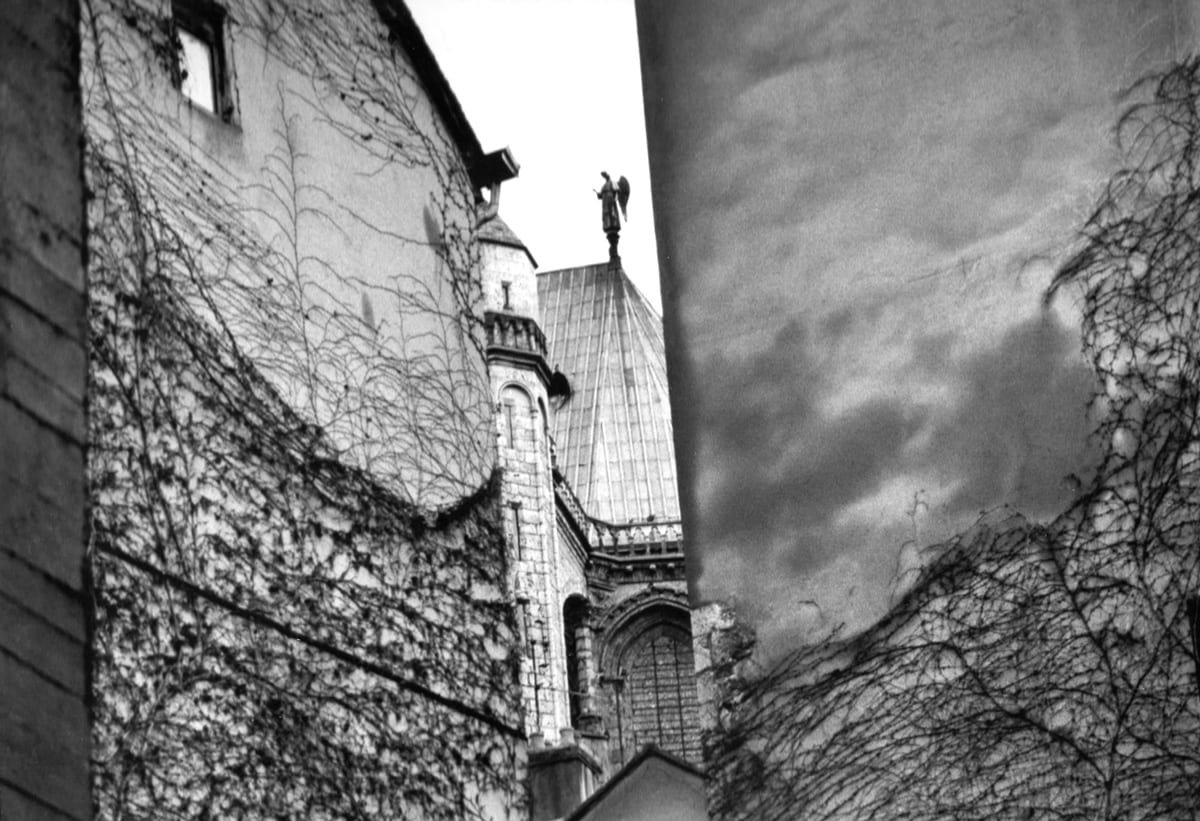André Kertész
Andre Kertesz, a name synonymous with innovation and poetry in the realm of photography, remains an enduring figure in the history of visual art. His work, characterized by its lyricism and keen observation, helped to define the course of street and documentary photography throughout the 20th century.
Early Life and Career
Born in 1894 in Budapest, Hungary, Kertesz discovered his passion for photography at a young age. However, his journey into the world of photography was not straightforward. Initially pursuing a career in stock exchange to appease his family, he continued to nurture his love for photography, which eventually led him to Paris in 1925. This move marked the beginning of what would be a prolific and influential career.
In Paris, Kertesz found himself amidst the burgeoning art scene, rubbing shoulders with the likes of Piet Mondrian and Marc Chagall. His early work during this period laid the groundwork for his unique style, combining the candidness of street photography with a distinctly artistic eye.
Photographic Style and Techniques
Kertesz's photography is notable for its simplicity, compositional genius, and its ability to capture the poetry of everyday life. He had a unique talent for finding the extraordinary in the ordinary, a trait that echoed the work of Henri Cartier-Bresson, another master of the decisive moment.
His approach to composition was intuitive yet masterful, often incorporating reflections, shadows, and unique vantage points to create images that transcended their mundane subjects. Kertesz's work is characterized by a deep sense of humanity and a subtle playfulness, capturing the essence of human experience.
Career Highlights
Among Kertesz's most notable works are his early photographs of Paris, where he captured the life of the city with a fresh perspective. His series on Washington Square in New York is another highlight, showcasing his ability to adapt his unique vision to a new environment.
Kertesz's career was not without its challenges. During his time in America, he faced a lack of recognition and struggled with creative constraints imposed by commercial work. However, the late 1960s and 1970s brought a resurgence of interest in his work, leading to renewed acclaim and several exhibitions.
Photography Gear
Kertesz was known for his use of small, handheld cameras, which allowed him the freedom to explore and capture spontaneously. He predominantly used a Leica camera with a 35mm lens, appreciating its compactness and unobtrusiveness. This choice of equipment was crucial in his street photography, enabling him to blend into his surroundings and capture candid moments with ease.
Published Works
"Andre Kertesz: His Life and Work": This comprehensive retrospective presents a complete overview of Kertész's career, from his beginnings in Hungary to his later explorations with "distortions." The book features essays by notable experts like Laszlo Beke, Dominique Baque, and Jane Livingston. It's an insightful resource, offering an in-depth look at Kertész's evolution as a photographer. The book’s detailed analysis and rich imagery make it invaluable for photographers interested in the progression of a photographic career over time.
"Andre Kertesz: Sixty Years of Photography": This volume is a testament to Kertész's long-standing impact on the world of photography. It spans six decades, showcasing his diverse subjects ranging from cityscapes and landscapes to still lifes. This book serves as an inspiration to photographers, emphasizing the importance of versatility and the ability to find beauty in a variety of scenes.
"Andre Kertesz: A Lifetime of Perception": This book offers a curated selection of Kertész’s photographs, accompanied by an analysis of his seventy-year photographic journey. It's particularly valuable for its insights into how Kertész perceived and captured the world around him. For practicing photographers, this book emphasizes the significance of personal vision and perception in photography.
"On Reading": This unique and playful collection, first published in 1971, features photographs taken between 1920 and 1970, capturing people engrossed in reading across the globe. The new duotone reproductions enhance the classic quality of Kertész’s work. This book is not just about photography; it's about capturing moments of human engagement and the profound, universal joy of reading. It's an excellent source of inspiration for photographers interested in the storytelling aspects of their craft.
Quotes
"The camera is my tool. Through it, I give a reason to everything around me." — Andre Kertesz
"Seeing is not enough; you have to feel what you photograph." — Andre Kertesz
"I do not document anything, I give an interpretation." — Andre Kertesz
"I am an amateur and I intend to stay that way for the rest of my life." — Andre Kertesz
"I write with light." — Andre Kertesz
Legacy and Influence
Andre Kertesz's influence on the world of photography is profound and far-reaching. His work inspired generations of photographers to look beyond the obvious, to find beauty and significance in the everyday. His influence can be seen in the works of many photographers, including Robert Capa, a fellow Hungarian, who also demonstrated a profound ability to capture human moments with compassion and dignity.
Kertesz's legacy lies not just in the images he created but in his approach to photography. He taught us to see the world with fresh eyes, to appreciate the subtle beauty in the mundane, and to understand the power of simplicity and composition. His work remains a touchstone for photographers around the world, a reminder of the poetic potential that lies within the everyday.





















Donec id justo non metus auctor commodo ut quis enim. Mauris fringilla dolor vel condimentum imperdiet.